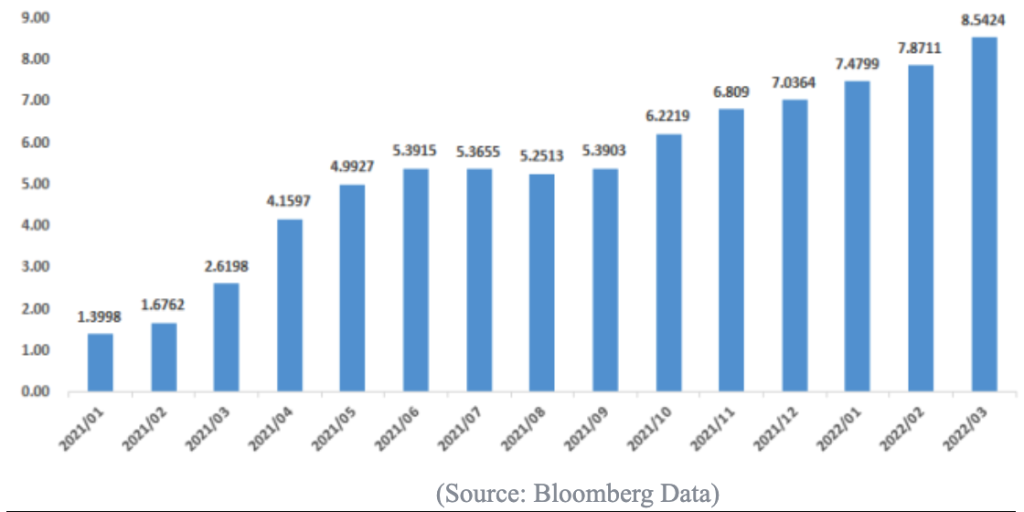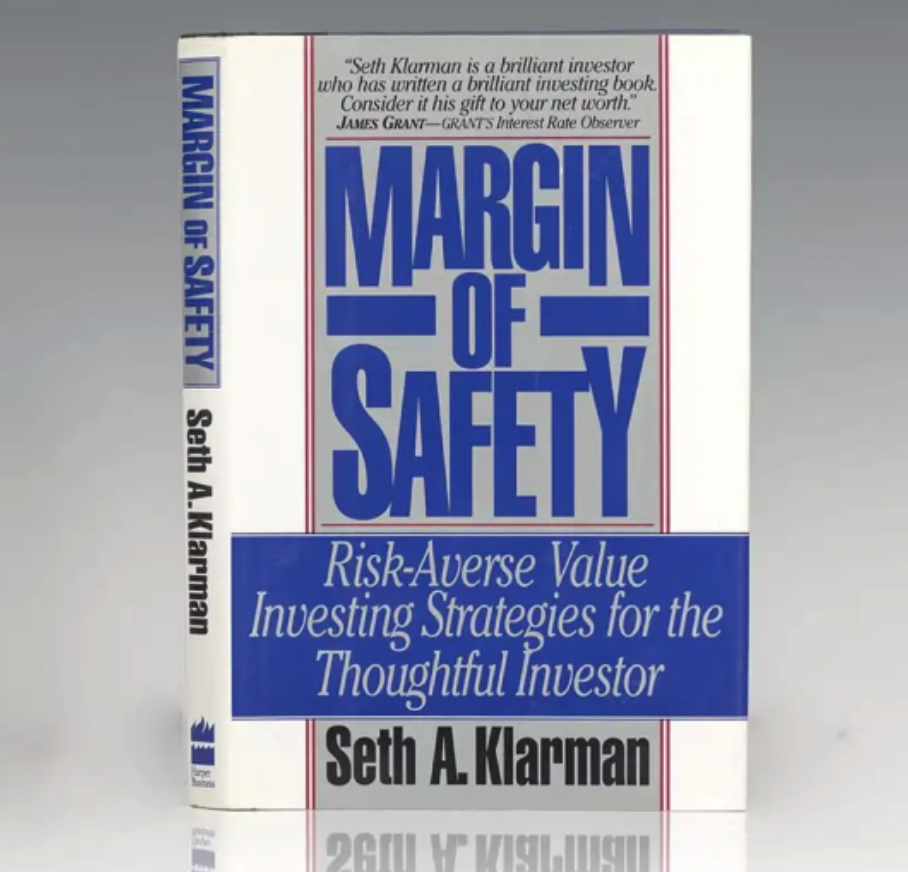Hi, everyone! Welcome to this session of the Tiger Academy, “US Stock Market investing for Beginners.”
In this course, I’m going to take you on a journey into investment in the largest capital markets in the world: The US Stock Market. There are four parts to this investment course: Investment Basics, US Stock Investing Practices, Advance Strategies,and Investment Risk;
No matter how much or how little investment experience you have, We hope this course will equip you to become a better investor.
Now, let’s begin with theInvestment Basics section!
Before we go on a trip, we usually look up a travel guide to learn about the history and special features of the place we’re going to visit. Investment journeys will be no different. So, here’s the first investment tip. I’m going to give you: why is it necessary to learn to invest in stocks?
1. What is stock?
The concept of stock
A stock represents ownership in a company. If you own the stock of a company, you are a shareholder of the company. If the price of that stock rises, you’ll make a profit. On the other hand, if the price drops, you’ll face a loss.
Here’s an example: Let’s say you want to open a fast-food restaurant, but you need at least $50,000 in operating capital. You have only $10,000 to put into the venture. What do you do at this point?
Here’s a way to do it: Find four friends who each agree to invest $10,000. In exchange, you agree to distribute 20% of the shop’s future earnings to each investor. This is the simplest stock operation model.
The origin of stock
Using stock has been an important way to raise money in the financial markets for a long time. It can be traced back to ancient Rome more than 2000 years ago, when the Romans used instruments similar to stock in the operation of public facilities to guarantee profits to investors. Called “leaseholds” at the time, state-backed contractors sold such instruments to raise project funds.
In 1602, in order to meet the growing demands of sea trade in the great era of navigation, the Dutch East India Company was established. It is considered to be the first joint-stock company in the world, it marked the birth of the world’s first stock exchange in Amsterdam, the Netherlands.
So, you see, the concept of stock is not a modern invention.
2. Four advantages of investing in stocks
After taking a brief look at the history of stock investing, let’s now look at its advantages. The first advantage of investing in stocks is that it can provide good protection against inflation and currency depreciation.
Simply put, inflation occurs when there is too much money in circulation, When this happens, a currency loses value, people who have the same amount of money, can buy less things with it compared to before, because prices of things keep going up. An indicator used by investors to measure the level of inflation is the Consumer Price Index (CPI), which reflects changes in the price of goods and services purchased by consumers at two differents points of time.
According to CPI data compiled as of March 2022, the US Consumer Price Index (CPI) has risen by a terrifying 8.54% in just the past year.

This means that your money has depreciated by more than 7% in a year! In other words, at the end of this one-year period, your purchasing power is probably only $93 left of your original $100.
Internationally, a CPI increase of 3% is usually seen as a warning signal; when CPI>3%, we call it inflation; when CPI>5%, it indicates serious inflation.
If inflation keeps rising, your wealth will keep shrinking.
Investing in stocks is a good way to protect yourself from inflation and keep your money from losing value. This is because companies would generally increase their sales prices when there is an inflation, which will result to higher revenues, and this can be reflected in the stock price. Using long-term gains from stock investing as a hedge against inflation-caused currency devaluation can protect and grow wealth.
Some of you may ask: What are the benifits of investing long-term?
The answer is that stocks tend to earn higher returns over the long run, which is the second advantage of investing in them.
I’m going to give you a very boring data, but it’s really helpful.
Dr. Jeremy Siegel, the author of “Stocks for the Long Run” and a professor of finance at the University of Pennsylvania, used nearly 200 years of data to demonstrate that real average annual returns on stock market investing remain around 7% in the long term.

From 1802 to 2002, the average annual return on stock investments was 6.6%, which was much higher than that of bonds, short-term treasury bonds, gold, and US dollars. From this, we can see that investing in stocks has been a better long-term deal.
In addition to Dr. Siegel’s statistics, Mr. Xu Yang, a partner at Tiger Brokers, has surveyed the performance of global asset classes over the past 45 years and found that the return on stocks significantly exceeded that of gold, commodities, and various types of bonds.
It’s worth noting that over the past 45 years, the return on investment in real estate has averaged 11.94%, which is higher than the average return on investment in stocks. But the minimum amount needed to invest in real estate is higher, the process is more complicated, and the time it takes to close a deal is longer, given that one real estate is different from another, so buyers will take time to choose. Stocks are commoditized, one stock is generally no different from another, and traded through exchanges with high liquidity.
By comparison, the third advantage of stocks is that they are more affordable for everyone, as the low barriers to trading make them more suitable for ordinary investors.
The barrier to trading US stocks, however, is very low. Transaction fees are low, and the minimum trading unit is one share. This means that investors can buy stocks of high-quality companies with a smaller amount of investment, which greatly reduces the investment threshold.
The fourth advantage of investing in stocks is that it is easier to reduce risk by diversifying your holdings.
In addition to the above advantages, different stocks can be matched to the requirements of different investment portfolios. In this way, the investment risk that comes with investing in a single stock can be cut down significantly.
For example, if buying a technology stock is risky, it can be paired with a blue-chip stock.Blue-chip stocks is a general term used for large companies that have consistent performance, is stable and generally a bellwether for the economy.In this way, the investment risk and volatility of a stock portfolio can be reduced, and the portfolio will be more stable.
Of course, this is the simplest example of a way to match stocks in a portfolio. Stock investment can be very diversified, and there are many possible stock portfolio strategies, which will be discussed later in our course.
3. Two basic strategies for investing in stocks
Now that we’ve covered the four advantages of investing in stocks, let’s talk about two basic investment strategies: The value investment strategy and the timing strategy, which are very distinct from each other.
The value investment strategy focuses on the future development of a company, with the intention of finding high-quality investment targets, buying them at a reasonable price, holding them for a long time, and enjoying the benefits of a company’s continuous growth.
The timing strategy, on the other hand, seeks out “hot” companies that everyone is talking about and holding them for the short term. This strategy consists of observing the rising and falling of stocks in order to buy at a low price and sell at a high price through what is called technical analysis, thus earning the difference in those prices.
In simple terms, the value investment strategy exchanges time for space; It will take you longer to make money, but with better probability of profits. The timing strategy will make money faster, but with less certainty. So, which of these two basic strategies is better?
In fact, there is no standard answer. If you are more concerned about work and life and do not want to spend time on stock investment, you may be more suited to a value investment strategy and holding stocks for the long term. Although you’ll earn money more slowly, the advantage is in exchanging time for space and the higher level of certainty.
If you enjoy the thrill of trading, have the energy and time to track hot spots in the market, and are good at technical trading, it is possible that the timing strategy will give you a greater sense of achievement and participation, and you will reap good returns in a short time. The problem is that it depends on luck more, and if the market turns against you , your loss can be greater in the short term.
What I’m trying to say is, the best investment strategy is finding what’s right for you and doing what you can based on your lifestyle and ability. You still want to be able to afford those shoes and trips you really want. If you’ll give some thought to this step, I believe you’ll soon be able to start investing in stocks.
These are the two most common basic strategies, and they also correspond to two ways of making profits from stocks.
4.Two ways to profit from stocks
Let’s start with the first way to profit: making money from market fluctuations.
The stock market is like the sea, undulating all the time.Why is that? I guess it’s because the stock market started from the sea trade. These fluctuations are reflected in the rising and falling of stock prices.
So, the first way to profit from stocks is to analyze and profit from volatility. Because stock prices rise and fall every day, through the strategy of buying at a low price and selling at a high price, we can earn the difference in those fluctuations.
The second way to profit is to earn money from the intrinsic value of a company.
What is the intrinsic value of a company? Generally speaking, the value of a listed company is composed of two parts, one is the actual intrinsic value from operations, and the other is the market perception of the value of the company.
This can be simply expressed as: company stock value = intrinsic value + market perception
Market perception is what we just said about making money from fluctuations in stock prices. So what is intrinsic value?
“Value investing, the strategy of investing in securities trading at an appreciable discount from their underlying value, has a long history of delivering excellent investment results with very limited downside risk,” says Seth Klarman, president of the Baupost Fund.

To put it more simply, determine how much a company is worth and then buy its shares at a discount to the market price. This will greatly increase the chances of a successful investment.
Buying a bargain at a “discount” and selling when the company’s stock price returns to normal or even exceeds that level can make you a lot of money. This is the way to earn money by understanding the intrinsic value of a company.
Well, we’re coming to the end of our class. Let’s summarize what you’ve learned today:
( Mind Mapping )
1. What is stock?
2. Four advantages of investing in stocks
3. Two basic strategies for investing in stocks
4. Two ways to profit from stocks
And that concludes our lesson on the first investment strategy in the US stock market. In the next lesson, I’ll take you through the second investment strategy to help you get a basic understanding of the US stock market.
See you in the next class!
NEXT CLASS > Lesson 2: First Impression of the US Stock Market
AU Disclaimer:
Disclaimer: The material and content in the video is for information purpose only and does not constitute an offer to sell, a solicitation to buy, a recommendation or endorsement for any financial product or strategy. We make no representations or warranties and take no responsibility for the accuracy, truthfulness, legality, decency, or any other aspect of any comments and views shared in the video.
Capital at risk. We do not provide financial advice that considers your personal objectives, financial situations or particular needs. Past performance is no guarantee of future results. Graphics and charts are for illustrative purpose only. See risk disclosures, PDS, TMD, FSG and T&Cs via our website before trading and seek independent advice if necessary.
Tiger Brokers (AU) Pty Limited ABN 12 007 268 386 AFSL 300767
SG Disclaimer:
The information herein was prepared for educational purposes, and does not constitute an offer, recommendation or solicitation, nor does it constitute any prediction of likely future stock performance. In preparing this information, we did not take into account the investment objectives, financial situation or particular needs of any person or affiliated companies. Before making an investment decision, you should speak to a financial adviser to consider whether this information is appropriate to your needs, objectives and circumstances. Tiger Brokers assumes no fiduciary responsibility or liability for any consequences financial or otherwise arising from trading in securities if opinions and information in this document may be relied upon.
This advertisement has not been reviewed by the Monetary Authority of Singapore.
NZ Disclaimer
This video is made for educational purpose only. It is neither financial advice nor recommendation on buying or disposing financial products. Stock investments carry risk, stock market can be volatile and risky, including risk of losing an amount in excess of your initial investment. This video does not consider your investment goal or objective, Tiger Brokers assumes no warranty or responsibility for the accuracy and completeness of the information. Past performance is not an indicator of future performance. Please read our risk disclosures and you may need to do your own research or seek professional advice before using the services of Tiger Brokers and making investment decisions. please visit https://www.tigerbrokers.nz/ for more information.




